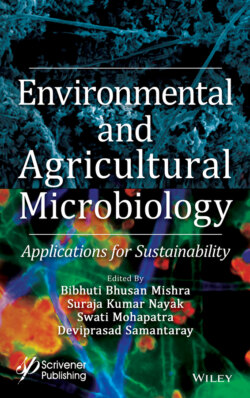Читать книгу Environmental and Agricultural Microbiology - Группа авторов - Страница 86
4.4 Polyhydroxyalkanoates
ОглавлениеDefinition
PHAs are the family of bio-polyesters and are among well-known biodegradable plastics and well recognized as entirely biosynthetic and biodegradable with almost zero toxic waste be recycled into organic waste [30–32]. PHAs act as microbial reserve compounds for energy [33] and carbon [34] and hold a great potential to replace the petroleum-based compounds in the plastic market are termed as “green plastics” [35]. They show a wide range of properties that can be accessed biosynthetically by selected prokaryotes, and this opens the potential market for substituting petroleum-based products such as elastomers, thermoplastics by PHAs.
Rising concern for greenhouse gas emissions facilitates bio-based materials and promotes the PHA market in the future. PHAs commercial use increased from an estimated value of 10,000 metric tons (MT) to 34,000 MT in 2018, with a CAGR of 27.7% [36]. PHA biopolymer is expensive as compared to PP and PE. This high price is due to the high purity of substrates such as glucose, its production in various batches, and a large amount of solvents [2]. With the increasing availability of renewable raw material and increasing demand to use biodegradable polymers for bio-medical use and food, applications are beneficial to the PHA market, and its market is expected to US$93.5 million by 2021 from US$73.6 million in 2016.
Figure 4.6 Structure of polyhydroxyalkanoates (x = number of methylene groups in the backbone; n = 1000-10000; R = alkyl groups, C1-C13).
